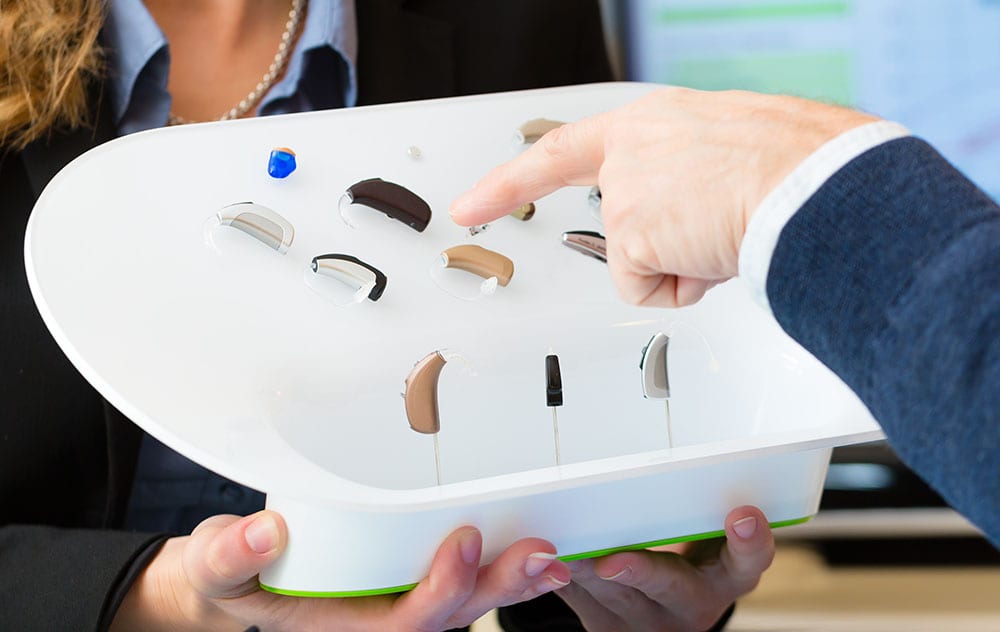
The hearing aid market is more diverse than ever before, with options that can suit a range of different wearers. While there are loads of different styles available, they can be broken down into three main groups: in the ear (ITE), behind the ear (BTE) and in the canal (ITC). Each group is worn differently and can provide its own set of benefits. Of course, though, it always makes sense to explore a range of options when you’re choosing a product like this for yourself. Let’s take a look at these three different hearing aid styles to give you an idea of their differences.
ITE Devices
As their name suggests, an ITE hearing aid will sit inside your ear. An impression of your inner ear will be taken by your audiologist, and they will use this to make a custom hearing aid that fits perfectly inside your ear. It is very hard to see a hearing aid like this, and they are often made in a skin tone color to make sure that they are as discreet as possible. Hearing aids like this can vary in size, but they are often smaller than other hearing aids, making them easier to hide but also giving them a lower battery life than larger options.
BTE Hearing Aids
BTE hearing aids sit behind the ear, with a small tub connecting to a piece that will sit inside the ear itself. While hearing aids like this are quite visible, they also come with the benefit of being incredibly easy to control and having a long battery life. An audiologist can usually set you up with a BTE hearing aid much faster than the other types of hearing aid on the market, as they don’t need to take complex impressions of your ears to make them work. Some people like to take advantage of the visibility of hearing aids like this by having custom colors and other unique designs.
ITC Technology
ITC hearing aids are one of the most popular options in the market. Sitting inside the outer ear bowl, hearing aids like this are more visible than ITE hearing aids while being harder-to-see than BTE options. Their larger size gives them a long battery life and makes them easy to control, all without being very visible from the outside. ITC hearing aids will often have microphones, Bluetooth and other features that make them stand out from the smaller hearing aids on the market. Much like an ITE hearing aid, your audiologist will usually take an impression of your ear to be able to create a custom fit.
Hearing aids are becoming increasingly common in the modern world. While tools like this can be confusing when you first start looking at them, a professional audiologist can help you to find an option that will work for you. Choosing a hearing aid that matches your lifestyle has never been easier, but it can be well worth doing plenty of research to make sure that you pick an option that will work well for your ears.



